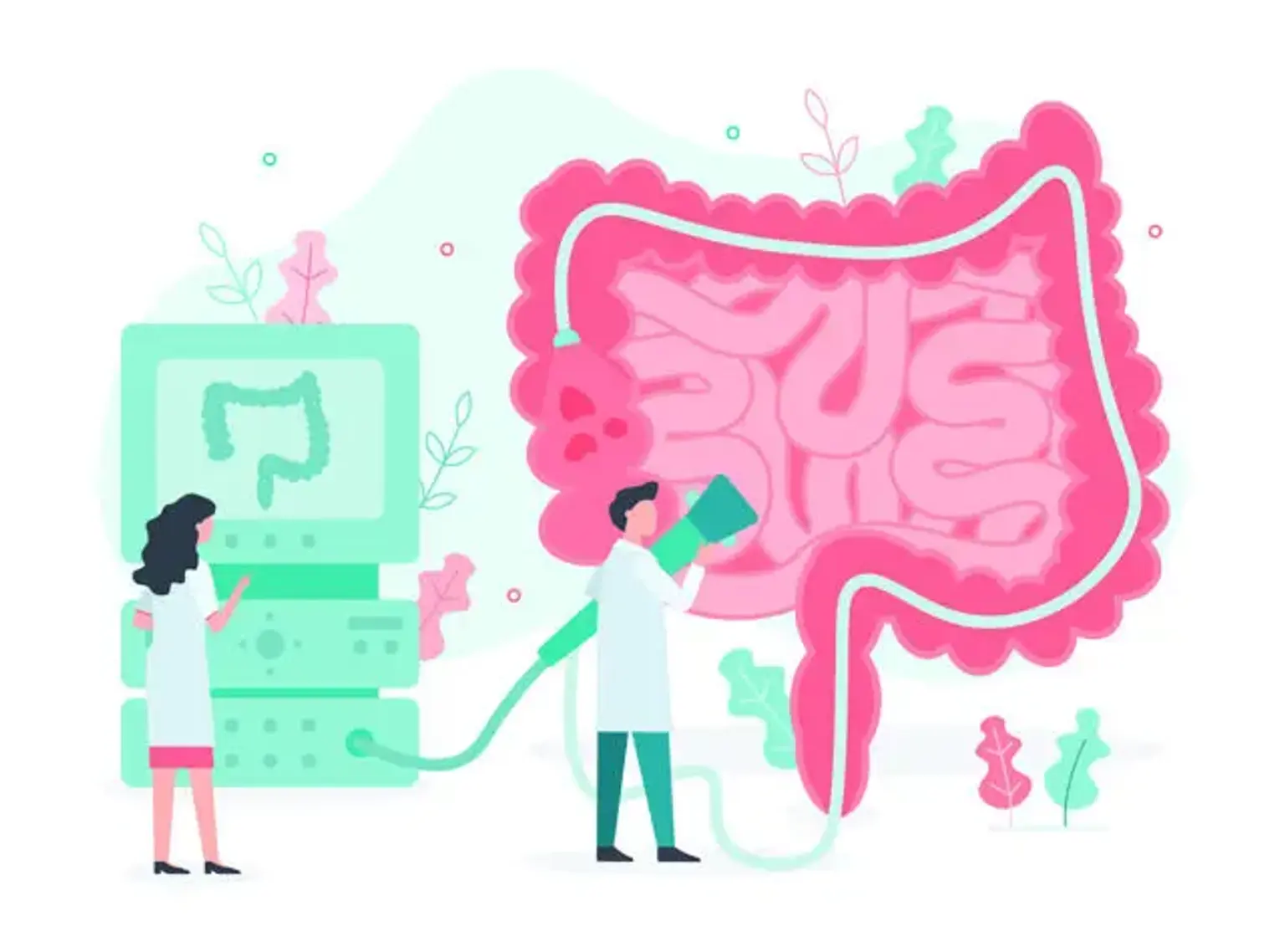Colonoscopy
A colonoscopy refers to an outpatient procedure that examines the inner part of the large intestine (colon and rectum). It involves the use of a colonoscope to perform the inspection, sometimes known as a scope. This long, flexible device features a camera and the capacity to extract tissue.
If necessary, doctors can remove polyps and other forms of abnormal tissue using the scope when performing the procedure. A biopsy (extracting tissue samples) can as well be done during a colonoscopy. In addition, this procedure is normally performed to assess gastrointestinal symptoms, including bleeding, abdominal pain, or bowel movement changes.
